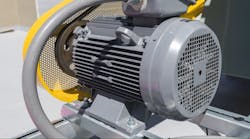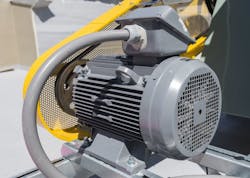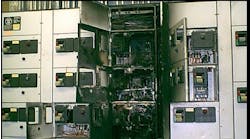Generally, the first step in troubleshooting an inoperative system is to check if it has power. Suppose a motor won’t start. What could be wrong?
You looked at the branch circuit breaker, and it was in the closed position. But did you really verify anything other than the fact the breaker appears to be closed? Is it even the correct breaker?
For industrial troubleshooting, it’s generally better to begin your power check close to the load rather than at the supply. You can kill several birds with one stone this way.
Maybe you should not have started with a power check. Your boss points at the local disconnect, which is in the open position. Oops. Anyone can open a disconnect or inadvertently leave it open after conducting maintenance. A quick check here is a good first step.
There’s no lock or tag on this disconnect. You quickly confirm the motor weatherhead is not open. The driven load does not appear to present any problems. (For example, it’s a scrap grinder, and you can see it’s not jammed.) You close the disconnect. This solves the problem.
But suppose it does not. After that quick visual check, you would go to the motor controller. It’s here where you want to check for power. Check first on the input terminals. If you have power on them, you’ve completed your power check.
Your initial troubleshooting was really two steps:
1. Visually check for obvious things such as an open disconnect.
2. Check for power at the controller.
So what’s next?
If there’s no power to the motor controller, then you’ll want to go check that circuit breaker. If the breaker indicates it’s in the closed position, measure the power on the load side. If power is absent there, suspect a problem with the breaker. If power is there (but not at the controller), suspect a problem with the wiring between the breaker and the motor controller.
If there is power to the motor controller, check the motor overload protection devices (likely cause of failure at this point). If the motor overloads are good, check the output terminals of the controller.
If there’s no power at those terminals, it’s time to look at the control logic. Perhaps there’s a permissive condition that won’t permit the motor controller to provide starting power to the motor. For example, a specific drain valve must be closed. You look in the control drawings and see a valve limit switch on the same rung as the coil for the contacts to start the motor. Another common permissive is the E-stop. It does not automatically reset once it’s been pushed. There may be further troubleshooting needed, but perform these basic steps before going down that path.





